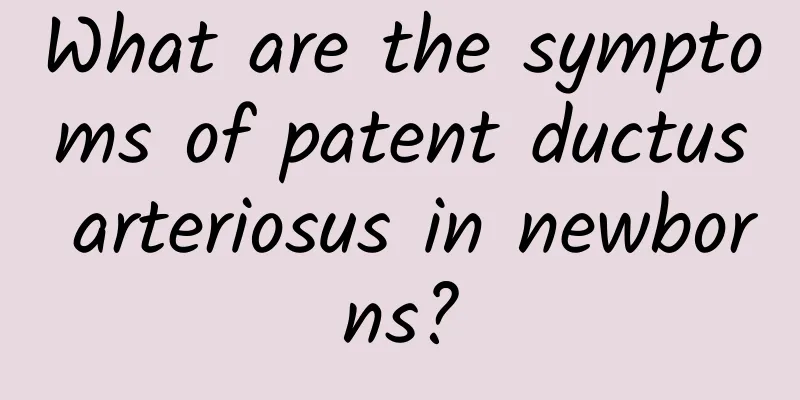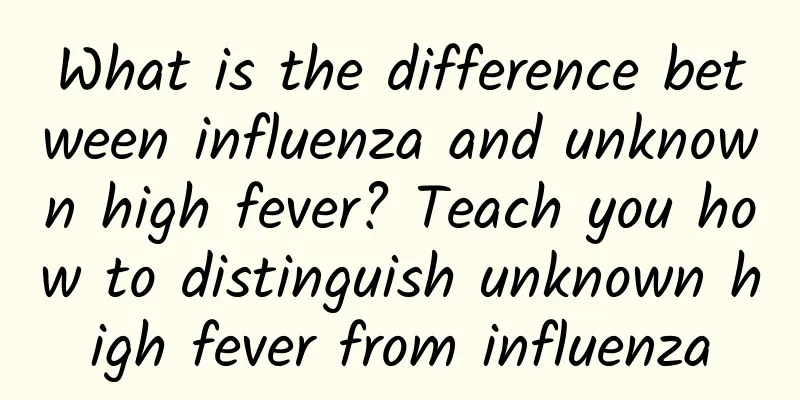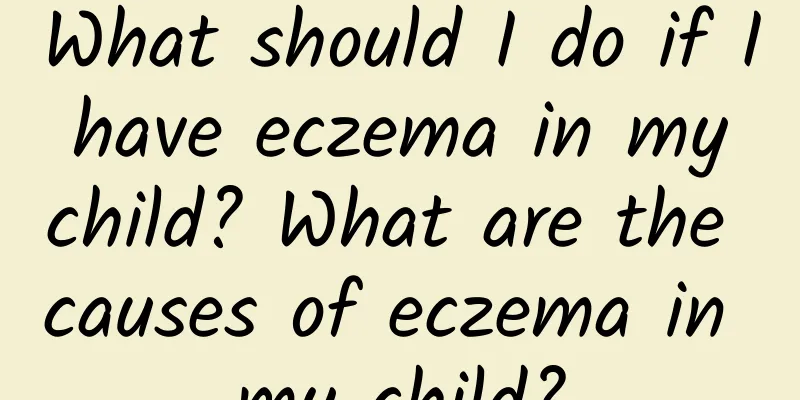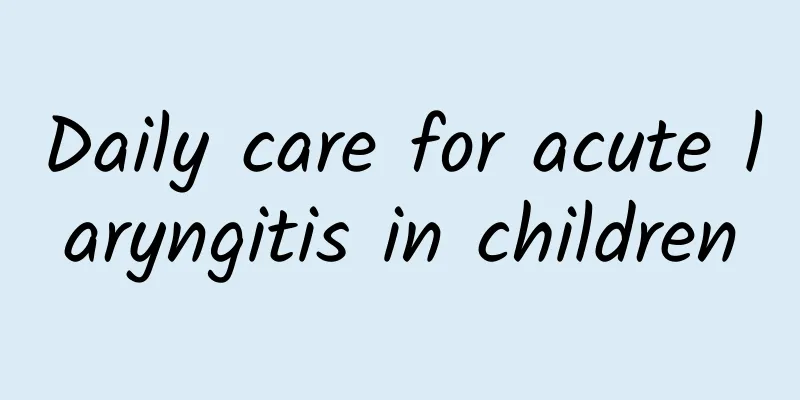What are the symptoms of patent ductus arteriosus in newborns?

|
Patent ductus arteriosus is a congenital heart defect, which is mainly manifested by symptoms such as difficulty breathing, feeding difficulties, slow weight gain, etc. In severe cases, it may lead to heart failure. Treatment methods include drug therapy, interventional therapy and surgical treatment. The specific choice should be determined according to the severity of the disease and the physical condition of the child. 1. Breathing difficulties. Patent ductus arteriosus in newborns can cause blood to be shunted from the aorta to the pulmonary artery, increasing pulmonary blood flow, causing pulmonary congestion and breathing difficulties. Children may experience symptoms such as rapid breathing, labored breathing, and flaring nostrils. Parents should closely observe the breathing condition and seek medical attention in time if any abnormality is found. 2. Difficulty in feeding. Due to the increased burden on the heart, the child is prone to fatigue, leading to difficulty in feeding. This can manifest as weak sucking, too long feeding time, and easy choking. Parents should adopt a method of feeding in small amounts and multiple times to avoid feeding too much at one time, and pay attention to the child's eating situation. 3. Slow weight gain. Heart failure affects nutrient absorption and metabolism, leading to slow weight gain. Parents should monitor weight regularly, record growth curves, and communicate with doctors in a timely manner if abnormalities are found. At the same time, pay attention to ensuring nutrient intake and use nutritional supplements under the guidance of a doctor when necessary. 4. Heart failure. Severe patent ductus arteriosus in newborns may lead to heart failure, which is manifested by pale complexion, cold limbs, and increased heart rate. Once these symptoms occur, you should seek medical attention immediately and take emergency treatment measures, such as oxygen inhalation and cardiotonic drugs, to stabilize the condition. 5. Drug treatment. For children with mild symptoms, drug treatment can be used, such as prostaglandin inhibitors such as indomethacin and diuretics such as furosemide, to reduce the burden on the heart and improve symptoms. Specific medication should be taken under the guidance of a doctor, and the drug effects and side effects should be monitored regularly. 6. Interventional treatment. For children who do not respond well to drug treatment or whose condition is more serious, interventional treatment, such as transcatheter arterial closure, can be considered. This method is less invasive and has a quick recovery, and is suitable for most children. A detailed evaluation is required before the operation to ensure the safety and effectiveness of the operation. 7. Surgical treatment. For children who are not suitable for or have failed interventional treatment, surgical treatment, such as arterial duct ligation, is required. The surgical risk is high, but the effect is definite. It is suitable for children with severe conditions or other heart malformations. Close monitoring is required after surgery to prevent complications. Early detection and timely treatment of patent ductus arteriosus in newborns are crucial. Parents should closely observe changes in symptoms of their children, conduct regular physical examinations, and seek medical attention in a timely manner if problems are found. Through reasonable treatment and care, most children can achieve a good prognosis and grow up healthily. At the same time, parents should maintain a good attitude, actively cooperate with the doctor's treatment recommendations, and provide comprehensive support and care for their children. |
<<: The principles of treatment for patent ductus arteriosus in neonates include
>>: What are the causes of patent ductus arteriosus in newborn babies?
Recommend
How to detect early Kawasaki disease
How to detect early Kawasaki disease? When it com...
What are the traditional Chinese medicine methods for treating patent ductus arteriosus?
What are the traditional Chinese medicine methods...
How to prevent influenza during breastfeeding? What are the ways to prevent influenza during breastfeeding?
1. Get a flu shot Breastfeeding mothers will not ...
What are the key points for diagnosing breast milk diarrhea?
What are the key points in diagnosing breast milk...
What are the symptoms of ADHD in babies
Symptoms of ADHD in infants mainly include increa...
What are the treatments for mumps?
Mumps patients will have many symptoms, and the n...
Should I get the hand, foot and mouth disease vaccine?
Whether to vaccinate against hand, foot and mouth...
What is neonatal jaundice?
What is neonatal jaundice? As we all know, in the...
What are the main symptoms of pneumonia in children?
Pneumonia is not uncommon. Since children have ve...
Will the child's seizures recur?
Will convulsions recur? Pediatric convulsions are...
How to treat allergic cough in children How to use medicine for allergic cough in children
Children's body systems are not fully develop...
Can children with ADHD heal themselves?
Children with ADHD generally cannot heal themselv...
Specific tests for pneumonia in children
Pediatric pneumonia is a common pediatric disease...
What causes low hemoglobin
Low hemoglobin often makes people feel exhausted ...
How to deal with baby's prickly heat? 5 folk remedies for baby's prickly heat
If your baby gets prickly heat, you can use flora...









